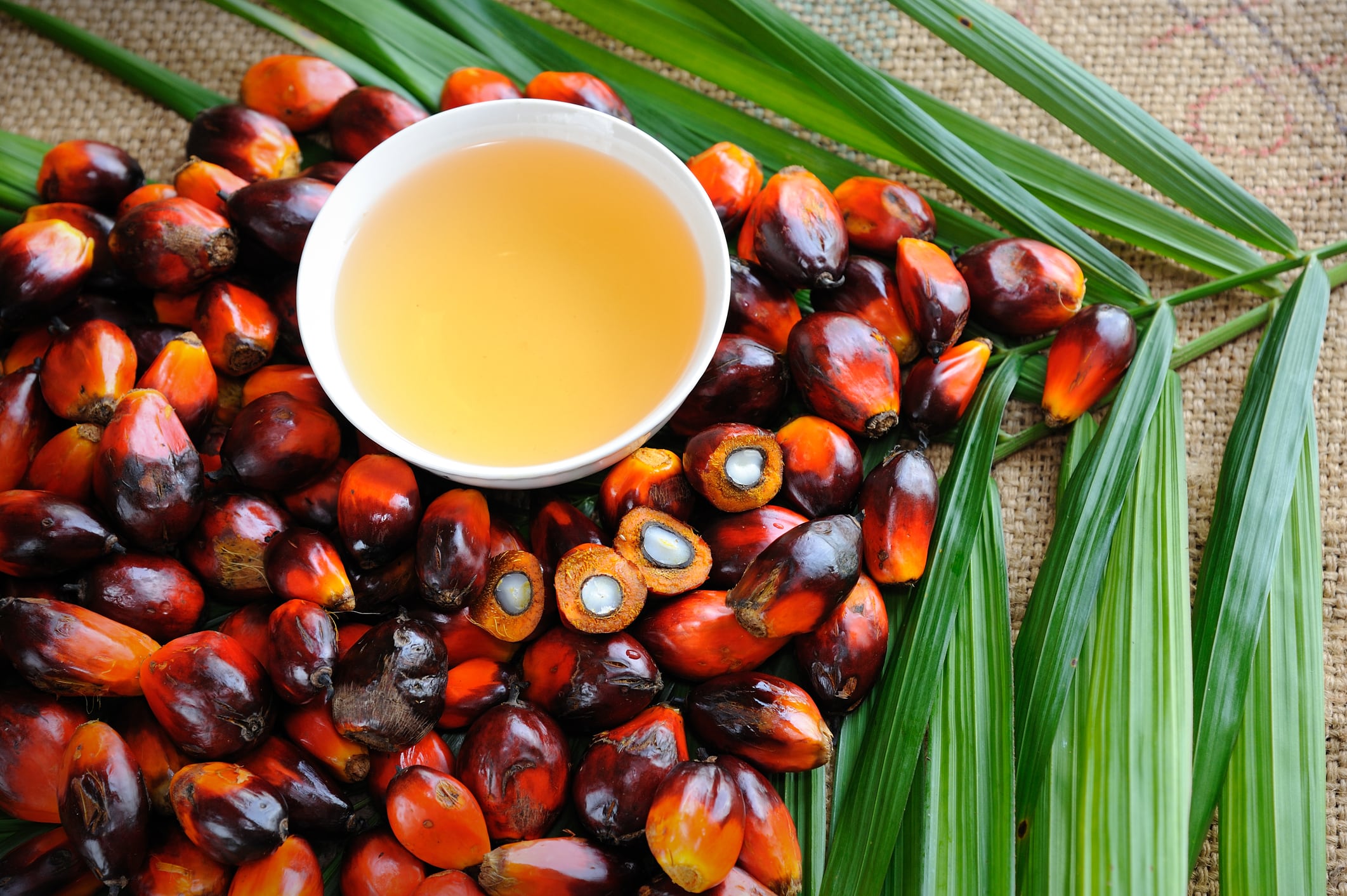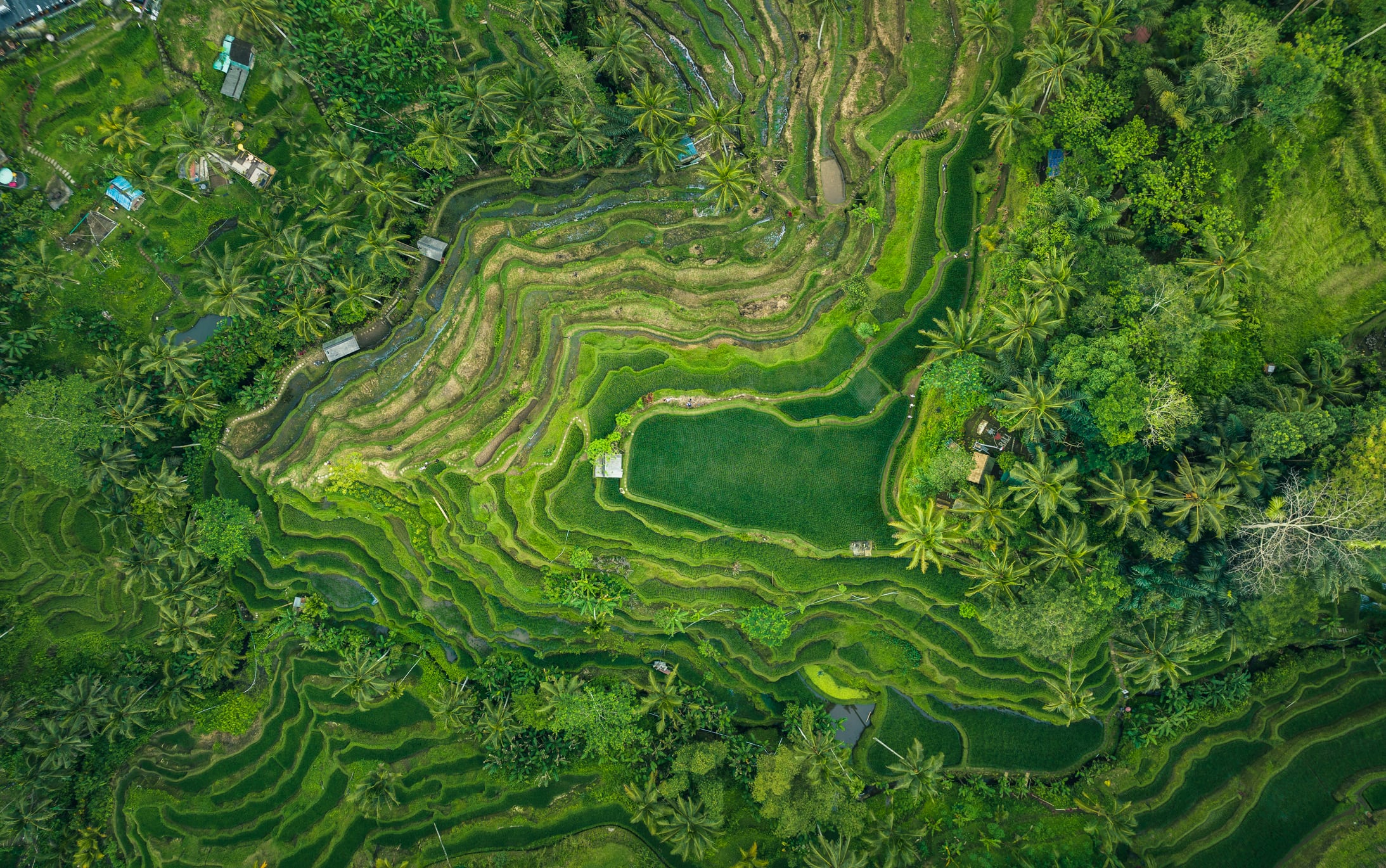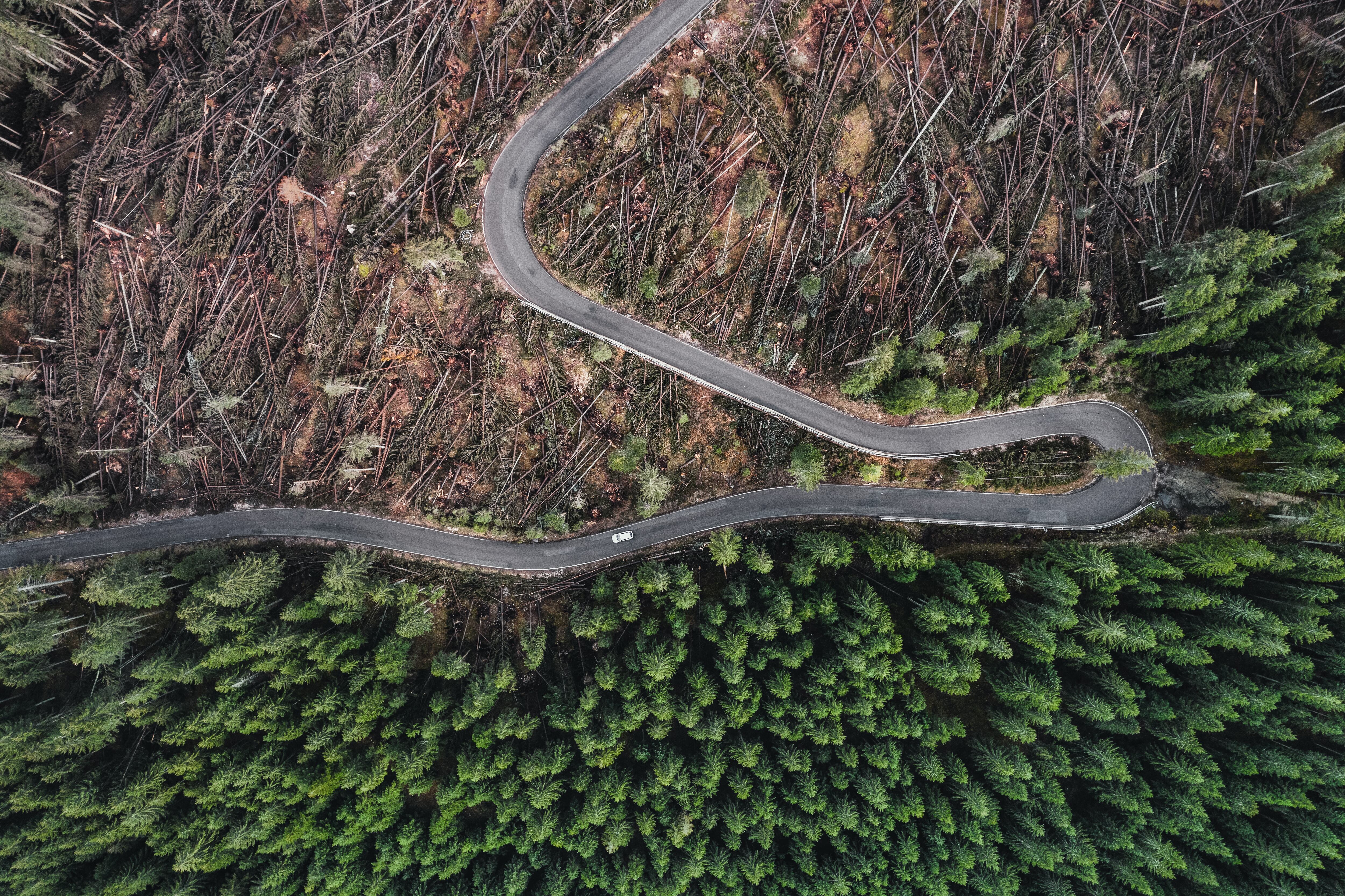The organisation sees a pressing need to rethink how oil palm trees are cultivated.
“We need to treat oil palm like a forest tree,” said Nova Nelson, global advisor board member of Wild Asia.
“Oil palm is a forest tree, but it’s treated like a commodity crop. We know conventional farming has challenges like soil degradation, compacted ground, no rock cover, no diversity. It’s like a commodity crop with nothing else growing on the farm and there’s too much use of chemicals.”
Nelson was speaking at the Sustainable Foods Summit in Singapore, held from February 25 to 26.
Wild Asia is a Malaysian-based social enterprise that started the Small Producer Inclusivity & Resilience Alliance (SPIRAL) programme in 2022.
The programme connects global players in the palm oil industry with smallholder farmers.
According to Wild Asia, palm oil produced under the SPIRAL programme is 100% traceable from farm to mill.
“At SPIRAL what we’re trying to do is go back to indigenous traditional methods… There are plenty of examples of how humans have built and improved soil in the past, like terra preta, or dark earth, which you can find biochar in the ground,” explained Nelson.
“It’s about bringing that inspiration and thinking about how palm used to be and treated as a forest tree. We have to remember we’re building a home for microbial life and fungi… We’re going back to this very basic sort of thinking about soil. Not just a structure, texture, chemical, physical point of view, but a diversity point of view. It’s about turning these farms into something with more groundcover.”
‘Layering’ the groundwork
The organisation is having those conversations with their farmers, as well as the buyers and brands they speak to.
However, Nelson admitted that it can be difficult to relay such information to smallholders.
“Smallholders have not seen the benefits of bacterial life and the tree. We’ve had to show them, and we’ve had to be very patient. It takes time and many pilots.”
With so much information to take in, SPIRAL’s strategy is to “layer” its interventions “from the perspective of the farmer”.
“We cannot just tell them to adopt the practices all at once,” said Nelson.
She elaborated that it starts with simple changes, such as the way palm frond stacks are laid out on the ground for natural ground cover. Eventually, the organisation introduces farmers to mulching, composting, and biochar.
“We teach them to go back to basics… Like using waste and bringing that back to the farms as fertilisers instead of using chemical inputs. These are just traditional, low-tech knowledge that used to be in farming communities but have since been lost.”
According to Nelson, after changing the biodiversity of the soil, changes such as soil colour, and non-compacted soil have been observed.
Once such changes do take place, the organisation then introduces more “complex” ideas to the farmers.
“How do we make this a forest again? Can we introduce other crops with palm? It’s tricky but we’re looking at things like illipe, which is another forest tree that provides a good source of oil. We’re introducing these kinds of concepts at a pilot stage. Everything has to be tested, a lot of iterations and a lot of failing along the way. It’s a lot of role modelling and setting things up that will give [farmers] a sense of confidence,” she said.
Artisanal Biochar
As part of the Wild Asia Group Scheme (WAGS) Bio programme, a project was established to support smallholder farmers to convert oil palm wastes into biochar. This helps them to regenerate soils, sink carbon and create new revenue streams.
The goal is to “to scale up artisanal biochar production as part of a larger biochar initiative, aimed at enhancing soil health, supporting sustainable agriculture, and increasing the market value of export-oriented commodities through climate-smart practices.”
“There is an opportunity with the network of farmers we have to set up a network of artisanal biochar complexes, or units, and use these central units as a way to distribute biochar to smallholders that are connected to some of the SPIRAL mills,” said Nelson.
Launching such models with the community is incredibly important, she emphasised.
“It’s better than just saying these are a bunch of things you have to do to make your farm regenerative… You have to have a community coming together and producing regenerative action.”





